As you can replicate any season using light and temperature control, indoor gardening helps you to expand the range of foods you eat. For most of the year, you’ll be able to produce food that your local store or farmers market won’t have. You can be satisfied that your cultivated produce is organic, fresh, and hyper-local since you have complete control over all of the inputs. You’ll be far more inclined to pick and use the plants regularly because they’re so easily accessible and visible. Let’s check out how to start an indoor garden from scratch.
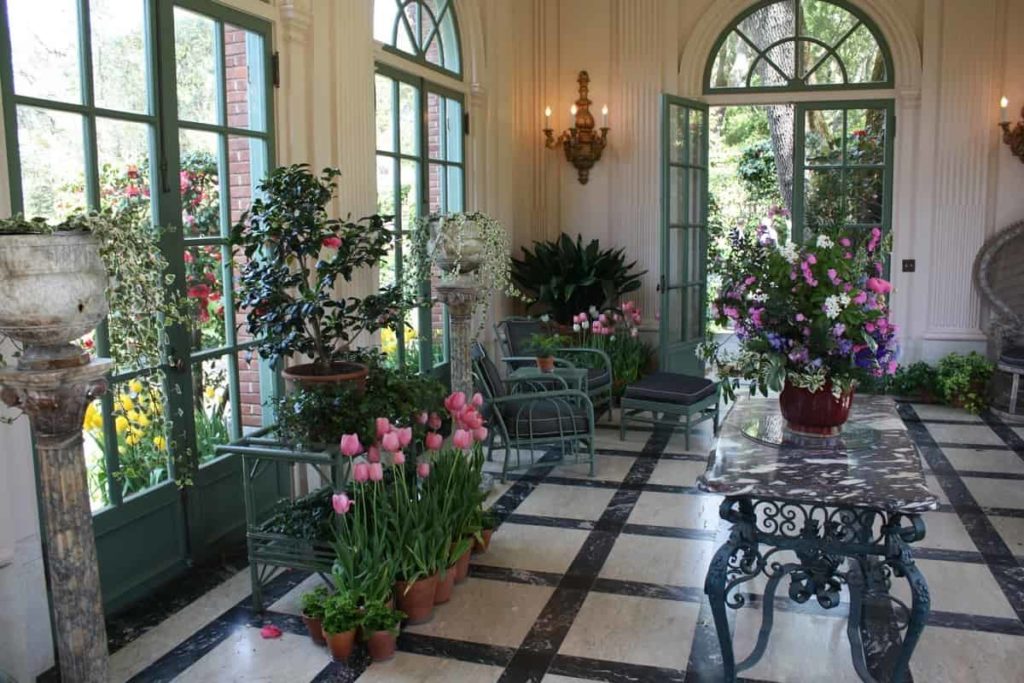
This is especially true of fresh herbs, which may be grown in a tiny space yet give a lot of taste and health advantages if used regularly. Producing indoors has a lot of well-known benefits, including lowering daily stress, increasing indoor air quality, and lowering carbon dioxide emissions, the health advantages of growing your food rather than buying it at the store.
For fresh, healthful food and to save money on groceries, many people are turning to indoor vegetable and herb growing and hydroponic farming. Plants just require a small amount of water and high-quality organic potting soil, as well as plant seeds, adequate lighting, and some containers with suitable drainage and lighting. That’s pretty much all plants require to grow.
This article will also help you set up an indoor garden in the Apartment, Greenhouse, and Polyhouse.
how to start an indoor garden from scratch
Choosing the type of garden
When it comes to growing inside, there are two main types: container gardening and hydroponic gardening. Container gardening is exactly what it sounds like: a series of pots or containers in which you grow your plants using typical gardening soil and procedures. A hydroponic garden is a sort of indoor garden in which your plants are grown vertically using fertilized water and a non-soil starter. Each is an excellent choice for a variety of reasons.
Container gardens are an excellent choice for anybody who wants to change their plants or eventually transfer them outside. Any sort of plant, of any size, can be grown in a container garden. Hydroponic gardens are an excellent choice for anyone who wants to grow a large number of plants in a little amount of area. Hydroponic gardens are often used to cultivate vegetables.
In case you miss this: Indoor Gardening Frequently Asked Questions (FAQs)
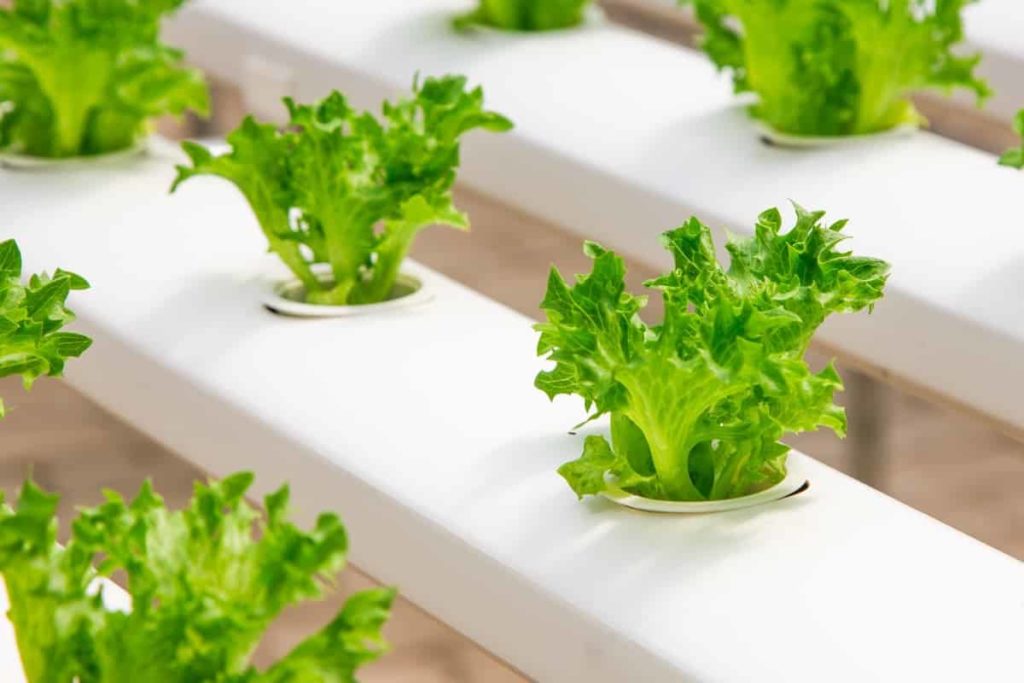
Choosing the spot
Creating a good indoor garden is mainly reliant on choosing an inside location that will allow your plants to develop. Choose a location with a lot of windows and sunshine; east-facing windows are often the best. Put your plants near a window whenever feasible to provide for additional heat and sunshine.
Cold-temperature rooms should be avoided. Cold can damage or hinder the growth of your plants, although heat is often more widely accepted by your plants. Avoid placing your plants near a fan, since these might dry them out and harm them.
Choosing between containers and hydroponics
If you choose containers you don’t need a huge container to start seeds, a medium-size container that is twice the size of a root ball is enough if you’re transplanting a plant. However, use containers with drainage holes in the bottom, or just drill holes into any container. Hydroponic gardens, on the other hand, which entail growing plants directly in water rather than soil, are gaining popularity.
Freshwater is used to assisting provide oxygen to the roots in this growth method, and liquid fertilizer is added to the water to provide plants with the nutrients present in the soil. Hydroponic growth necessitates understanding the proper fertilizer mix to add to the water, making it a little more difficult than soil planting.
Try recycling used plastic bottles. This way, you’ll be green while gardening. To improve drainage, place pebbles at the bottom of the container. If you choose a wooden container, look for one made of redwood or cedar, both of which are resistant to decay.
Choosing your plants
Vegetables, berries, herbs, flowers, and ornamental greens are some of the plants you may grow indoors, much as in a garden. You must first identify which plants will function effectively in your garden before going to the nursery and selecting random gorgeous plants. Some plants will thrive in an indoor environment, while others may suffer. The following are some of the most popular indoor plants – Lettuce, beans, peas, and mushrooms, as well as strawberries, are examples of vegetables and fruits. Peace lily, marigold, cactus, and succulents are examples of flowers.
In case you miss this: Low Maintenance Plants for Indoor Garden
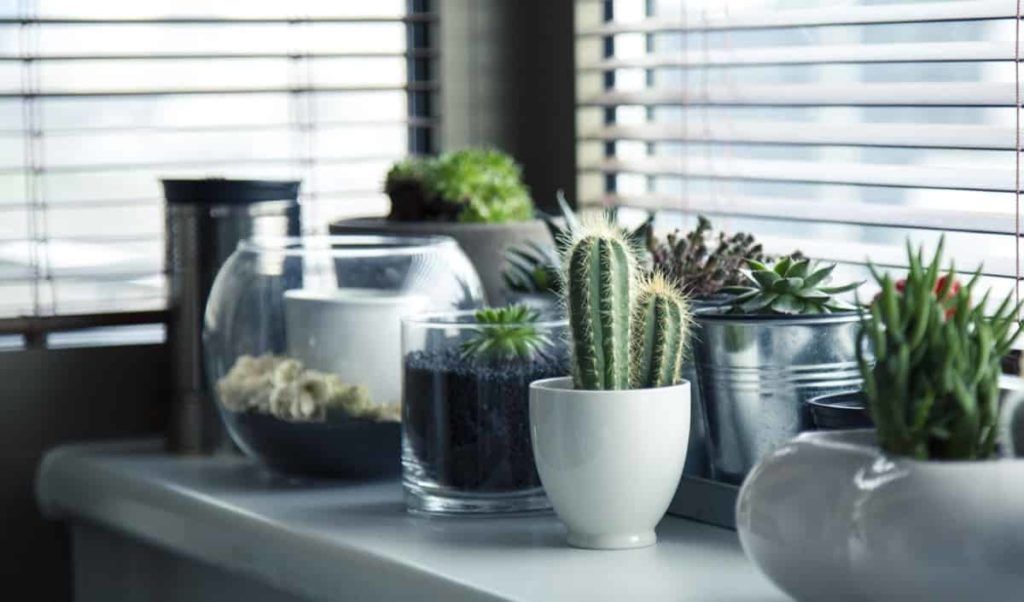
Soil
After that, you’ll need a medium for your plants to grow in. Unless you’re using anything more advanced like hydroponics or aeroponics, you’ll most likely be using regular soil. Potting mixes are available in a variety of brands and sizes. Choose an organic blend if at all feasible, and search for products designed expressly for the veggies you wish to produce. While it may be tempting to save money by digging up some local dirt, you should proceed with caution.
Pests and hazardous fungus from the outside should not be brought inside. Furthermore, most of the soil found around buildings has been polluted by chemicals employed in the construction process. If you own an older home, the earth surrounding your basement may have been sprayed with termiticides that have since been outlawed but may still be present in the environment for decades.
In case you miss this: Indoor Gardening Ideas in India – A Full Guide
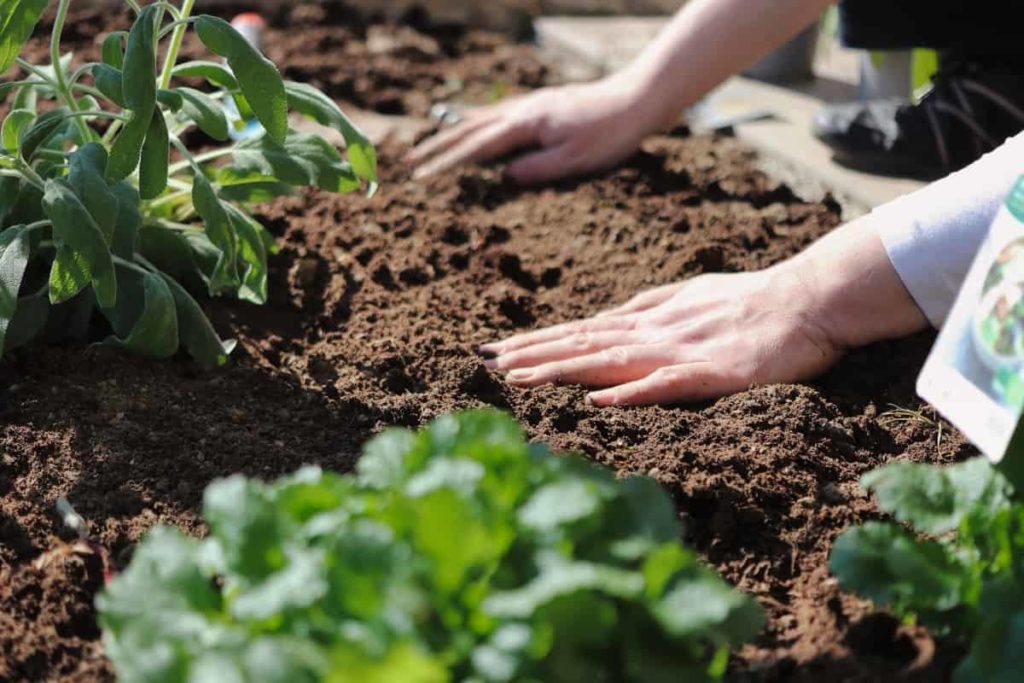
While it may be tempting to save a few dollars by digging up some local dirt, you should proceed with caution. You don’t want to bring outside concerns, such as bugs and hazardous fungus, inside. In addition, chemicals employed in the construction process have polluted a lot of soil surrounding structures. If you own an older home, the soil surrounding your basement may have been treated with chemicals to kill insects that have since been outlawed but can still be present in the environment.
Light
Your indoor plants require light to thrive and generate nutrient-dense food. Sunlight from windows is ideal since it contains the ideal spectrum of wavelengths and requires no extra energy to produce. In the summer, because the sun is lowest in the sky as it rises and sets, east- and west-facing windows give the most direct light. Because the sun rises from the east, it is normally colder there because the heat has less chance to build up. South-facing windows are ideal for indoor gardening in the winter since they give the most sunlight on winter days.
Planting
Planting seeds
Place seeds at the indicated depth on the seed packaging when planting. Maintain a small moisture level in the potting mix until the seeds sprout and the seedlings begin to develop.
In case you miss this: Indoor Gardening Techniques and Guide
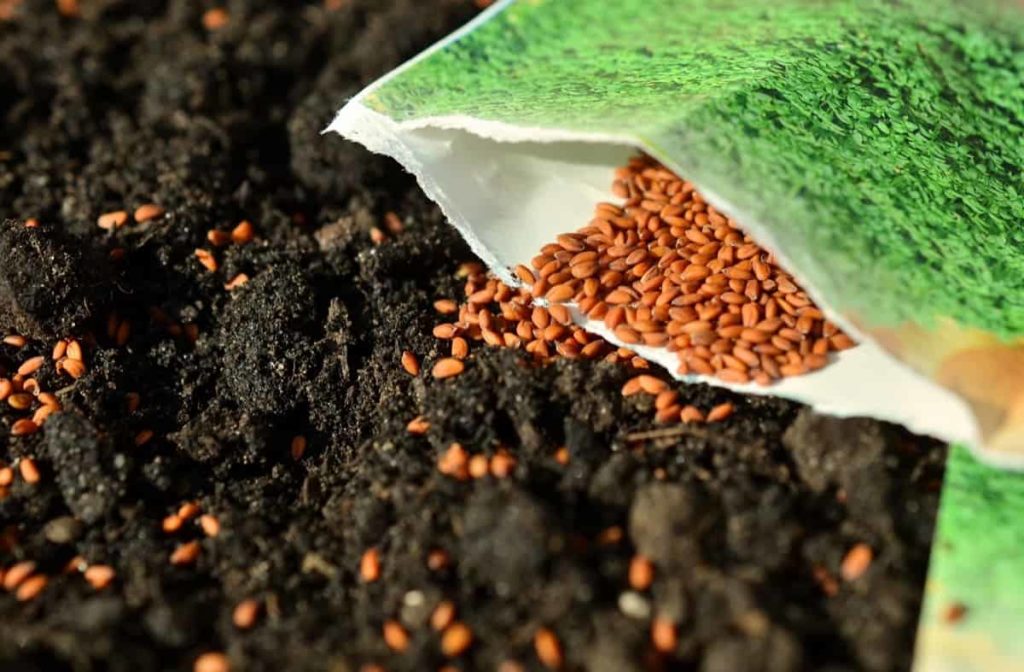
Planting transplants
You should put the transplants at the same depth as they were in their original container. Once the plants have properly rooted and begun to develop new growth, you can harvest a leaf or two as needed, and this frequent picking will stimulate the plants to grow.
Planting food scraps
Vegetables that generate shoots—also known as sprouts—as they mature or when put in water are some of the finest to grow from food leftovers. These stems emerge from germinating seeds within the vegetable and are where the leaves will grow. When put in water, some vegetables, such as carrots, turnips, and other root vegetables, will only re-grow their top leafy greens.
When stems or bulbs of onions and garlic are placed in a shallow bowl of water, they sprout shoots, while sweet potatoes sprout at the tip if left in the pantry for too long. Cut the sprout a few inches below the growth point, put in potting mix, and water as needed to produce potatoes from these scraps.
Watering
Water is also required for the survival of plants. They may require more or less water than if grown outdoors, based on the temperature and humidity of your indoor location. If you use air conditioning, your AC unit may be extracting both water and heat from your interior air. Keep an eye on your plants for any indications of dehydration.
In case you miss this: Grow Light Types, Importance in Indoor Gardening
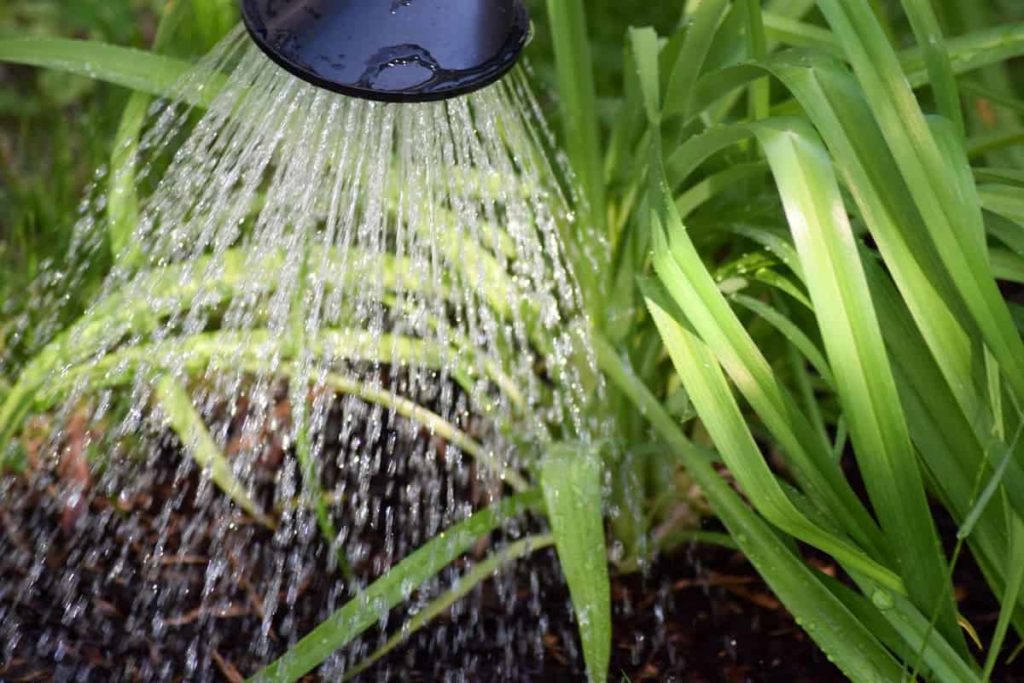
The leaves are frequently the first sections of the plant to exhibit signs of dehydration. Unlike outside gardens, which may need sprinklers, drip lines, or a nozzle tied to the end of a filthy hose, interior gardens may be watered entirely with a simple watering can. If you’re just getting started, go for a small can. You should make sure it’s simple to fill from the sink.
Fertilizing the soil
You’ll need to restore the fertility you’re removing while you’re growing plants in soil and harvesting any components of those plants. Indoor gardening necessitates more thorough fertilization since plants demand more concentrated nutrients when they are enclosed. You’re also draining some nutrients in the soil every time you water. Fertilizer can be bought ready-made. You may even produce your compost from kitchen waste. While composting is often an outside activity, several indoor composting alternatives can be used in a small space without having everyone wear a gas mask.
Supports for plants
Tomatoes, for example, can grow extremely tall, but pole beans, for example, can vine in any direction they find support. You’ll need some plant supports if you’re cultivating these overachievers to protect them from sagging, shattering, or overrunning your bookshelves. Putting vegetables in cages is a typical approach that is not regarded as harsh when used on them. In a cage, tomatoes, bell, and spicy peppers, peas and beans, and eggplants can all grow wonderfully.
Disclaimer: The above analysis is only assumed (not proved) to provide great results when practiced. We are not responsible for any errors that arise on this website or from any decision or action taken as a result of using this site.
- How to Grow Hibiscus from Flower
- Plantation Ideas for Home Decoration: A Beginners Guide
- Flower Garden Designs and Layouts for Beginners
- Planting and Spacing Techniques in Papaya: A Beginner’s Guide
- Growing Gold: Essential Techniques for Planting Pineapples
- How to Make Kalanchoe Plant Bushy: Home Remedies and Solutions
- 11 Reasons Why Your Gardenia is Not Blooming: Home Remedies and Solutions
- Eco Elegance: The Guide to Designing a Drought-Tolerant Landscape
- Gardening on a Slope: Strategies for Hillside Landscaping
- Nourish and Flourish: Top Organic Mulches for Thriving House Plants
- Everything You Want to Know about Indian Mogra Flower: Discover Uses and Growing
- Green Thumb Success: Expert Tips for Cultivating Greenhouse Pumpkins All Year Round
- Maximize Growth & Flavor: The Ultimate Guide to Companion Planting in Herb Gardens
- How to Control Rhododendron Problems Naturally: Home Remedies and Organic Ways to Fix Them
- Natural Magic: The Remarkable Benefits of Cinnamon for Plants
- Best Steps to Revive Dying Tulip with Natural and Organic Treatment
- 10 Reasons Why Your Angel Trumpet is Not Blooming: Remedies and Treatment
- How to Fix Periwinkle Leaf and Flower-Related Problems: Natural Remedies and Solutions
- How to Fix Zinnias Leaf and Flower Problems: Discover Natural and Home Remedies
- Organic Steps to Induce Lemon Tree Flowers: A Comprehensive Guide
- Bloom Booster: Crafting the Perfect Homemade Bougainvillea Fertilizer
- Optimizing Growth: A Guide to Applying NPK Fertilizer for Potted Plants
- 10 Best Homemade Fertilizers for Rubber Plant: DIY Recipes and Application Method
- How to Boost Female Pumpkin Flowers: Effective Steps for More Flowers and High Yields
- Transform Your Indoor Garden: Top Benefits of Pink Salt for Houseplants
- 10 Best Homemade Fertilizers for Peacock Plants (Calathea): Easy DIY Guide
- Unlock Blooms: 9 Reasons Why Your Potted Chrysanthemum is Not Blooming
- 8 Reasons Why Your Potted Hibiscus is Not Blooming: Fix it with Simple Solutions
- Unlock Blooms: 9 Key Reasons Your Potted Frangipani Won’t Flower
- 10 Reasons Why Is My Ice Plant Not Blooming: Remedies and Treatment
- 10 Reasons Why My Potted Hydrangea Not Blooming: Treatment and Remedies
- 10 Reasons Why is My Wisteria Not Blooming: Remedies and Treatment
- 10 Reasons Why is My Goldfish Plant Not Blooming: Remedies and Treatment
- Maximize Your Space: Ultimate Guide to Balcony Gardening with Grow Bags
- 10 Reasons Why Your Iris is Not Blooming: Remedies and Treatment
- 10 Reasons Why Your Anthurium Plant is Not Blooming: Treatment and Remedies